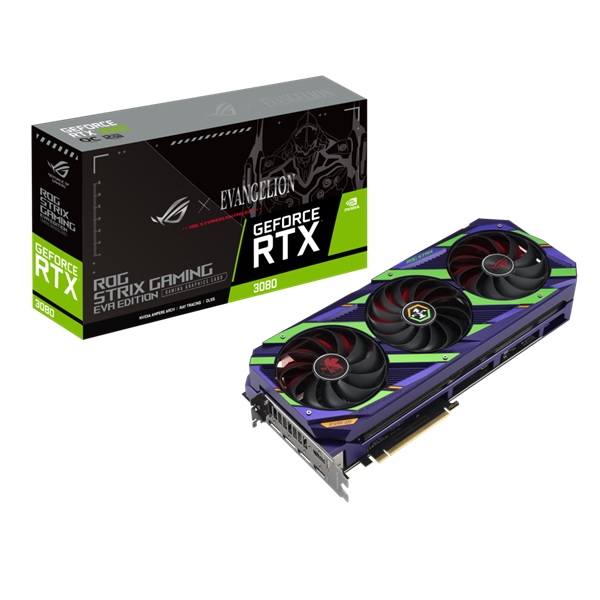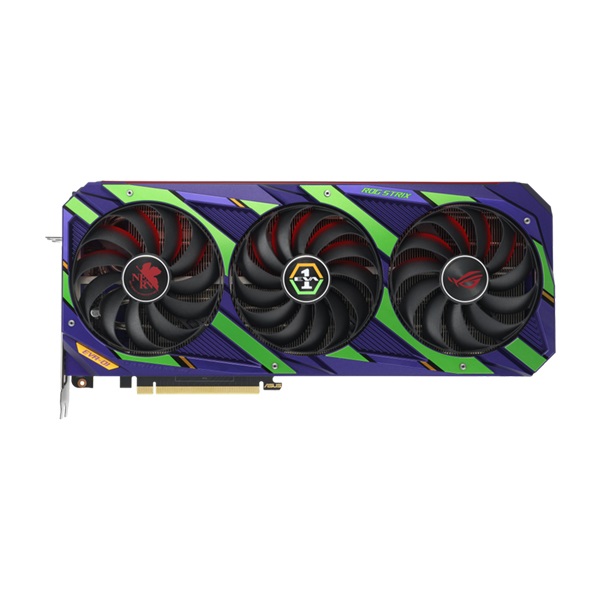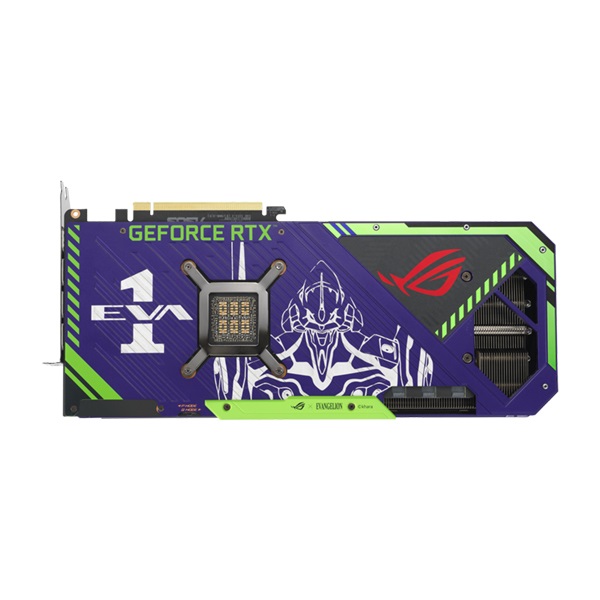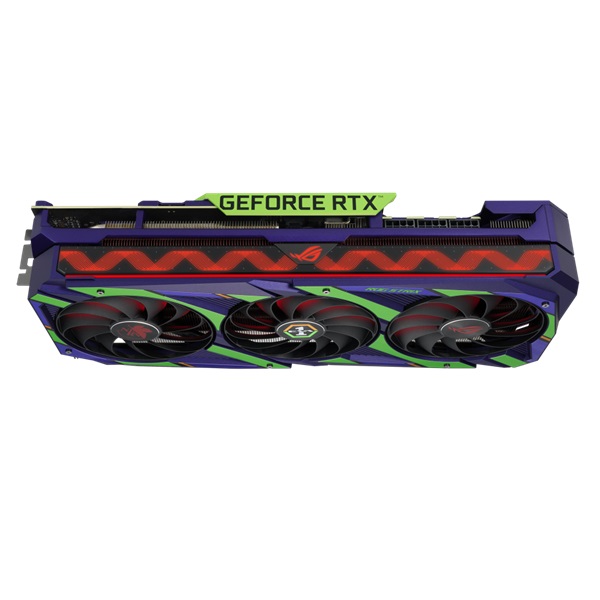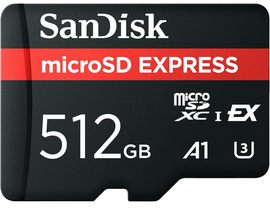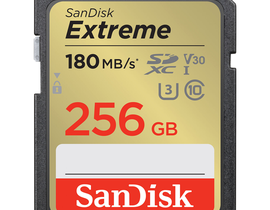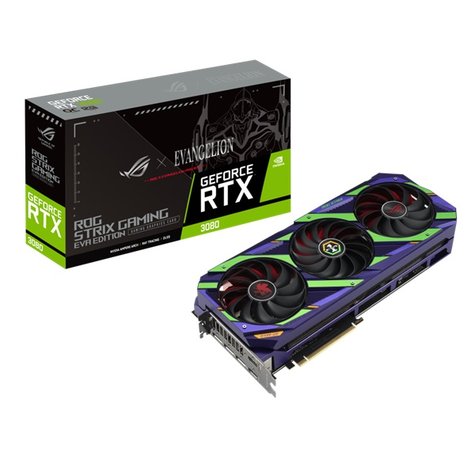
Details
ROG Strix GeForce RTX™ 3080 OC Edition 12GB GDDR6X with LHR offers a buffed-up design that delivers chart-topping thermal performance.
- NVIDIA Ampere Streaming Multiprocessors: The building blocks for the world’s fastest, most efficient GPUs, the all-new Ampere SM brings 2X the FP32 throughput and improved power efficiency.
- 2nd Generation RT Cores: Experience 2X the throughput of 1st gen RT Cores, plus concurrent RT and shading for a whole new level of ray tracing performance.
- 3rd Generation Tensor Cores: Get up to 2X the throughput with structural sparsity and advanced AI algorithms such as DLSS. These cores deliver a massive boost in game performance and all-new AI capabilities.
- This GeForce RTX 3080 graphics card with LHR (lite hash rate) delivers 52 MH/s ETH hash rate (est.).
- OC edition: Boost clock 1890 MHz (OC mode)/ 1860 MHz (Gaming mode)
- Axial-tech Fan Design has been tuned up with more fan blades and a reversed rotational direction for the center fan.
- 2.9-slot design expands cooling surface area compared to last gen for more thermal headroom than ever before.
TAKE FLIGHT
From top to bottom, the ROG Strix GeForce RTX™ 3080 has been radically improved to accommodate the impressive new NVIDIA Ampere architecture and to deliver the next wave of gaming performance innovation to the market. A fresh design and more metal surrounds a grouping of Axial-tech fans. Last gen’s uniform fan layout has been usurped by a new rotation scheme and specialized roles for central and auxiliary fans. Below the blades, a larger, more impressive heatsink is ready for the most demanding thermal loads. The PCB has some new tricks up its sleeves, and even the backplate has received some performance-boosting changes. You’ve been waiting for the latest and greatest in graphics card design – and this is it.
AXIAL-TECH UPGRADES
Our Axial-tech fan design has been optimized for a new, larger heatsink that features more fins and surface area than last gen. The blade count has been increased on all three fans, with 13 on the center fan and 11 on the auxiliary fans. The barrier ring on the side fans has been slimmed down to allow for more lateral intake and to provide better airflow through the cooling array. The center fan’s extra blades and full-height ring provide boosted static pressure to blast air directly onto the heat spreader.
NEW DIRECTIONS
To bolster the specialized roles of the center and auxiliary fans, the rotational direction of the center fan is reversed. This reduces air turbulence inside the cooling array for another boost to overall thermal performance. The fans also shut off completely when card power consumption is low and the GPU temperature falls beneath 50 Celsius, keeping noise levels down when the system is under a light load.
MAXCONTACT
To get heat into the heatsink array efficiently, so that it can be whisked away by the powerful Axial-tech fans, we use a manufacturing process that improves the surface smoothness of the heatspreader at the microscopic level. The extra flatness allows for better contact with the die, helping to enhance thermal transfer.
2.9-SLOT DESIGN
The heat spreader draws heat up into heatpipes that carry it through a fin stack that fills a large 2.9-slot footprint. Increasing the heatsink size compared to the last generation provides more thermal headroom to account for the new high-performance chipset.
- Home
- »
- Computer/Tablets
- »
- Computer
- »
- Graphic Card
- »
- Asus 12GB RTX3080 ROG Strix GeForce GDDR6X OC EVA Edition, LHR
OC edition: Boost clock 1890 MHz (OC mode) NVIDIA Ampere Streaming Multiprocessors 3rd Generation Tensor Cores 2nd Generation RT Cores ROG X EVANGELION project
-
Sold by
pcstore
See other items

- SKUsku_43_6143
- ShippingOODDSS Economy Delivery 1KD,
-
Delivery
Varies for items shipped from an international location
Delivery within 4 business days - CountryKuwait
- Return0 days
Details
ROG Strix GeForce RTX™ 3080 OC Edition 12GB GDDR6X with LHR offers a buffed-up design that delivers chart-topping thermal performance.
- NVIDIA Ampere Streaming Multiprocessors: The building blocks for the world’s fastest, most efficient GPUs, the all-new Ampere SM brings 2X the FP32 throughput and improved power efficiency.
- 2nd Generation RT Cores: Experience 2X the throughput of 1st gen RT Cores, plus concurrent RT and shading for a whole new level of ray tracing performance.
- 3rd Generation Tensor Cores: Get up to 2X the throughput with structural sparsity and advanced AI algorithms such as DLSS. These cores deliver a massive boost in game performance and all-new AI capabilities.
- This GeForce RTX 3080 graphics card with LHR (lite hash rate) delivers 52 MH/s ETH hash rate (est.).
- OC edition: Boost clock 1890 MHz (OC mode)/ 1860 MHz (Gaming mode)
- Axial-tech Fan Design has been tuned up with more fan blades and a reversed rotational direction for the center fan.
- 2.9-slot design expands cooling surface area compared to last gen for more thermal headroom than ever before.
TAKE FLIGHT
From top to bottom, the ROG Strix GeForce RTX™ 3080 has been radically improved to accommodate the impressive new NVIDIA Ampere architecture and to deliver the next wave of gaming performance innovation to the market. A fresh design and more metal surrounds a grouping of Axial-tech fans. Last gen’s uniform fan layout has been usurped by a new rotation scheme and specialized roles for central and auxiliary fans. Below the blades, a larger, more impressive heatsink is ready for the most demanding thermal loads. The PCB has some new tricks up its sleeves, and even the backplate has received some performance-boosting changes. You’ve been waiting for the latest and greatest in graphics card design – and this is it.
AXIAL-TECH UPGRADES
Our Axial-tech fan design has been optimized for a new, larger heatsink that features more fins and surface area than last gen. The blade count has been increased on all three fans, with 13 on the center fan and 11 on the auxiliary fans. The barrier ring on the side fans has been slimmed down to allow for more lateral intake and to provide better airflow through the cooling array. The center fan’s extra blades and full-height ring provide boosted static pressure to blast air directly onto the heat spreader.
NEW DIRECTIONS
To bolster the specialized roles of the center and auxiliary fans, the rotational direction of the center fan is reversed. This reduces air turbulence inside the cooling array for another boost to overall thermal performance. The fans also shut off completely when card power consumption is low and the GPU temperature falls beneath 50 Celsius, keeping noise levels down when the system is under a light load.
MAXCONTACT
To get heat into the heatsink array efficiently, so that it can be whisked away by the powerful Axial-tech fans, we use a manufacturing process that improves the surface smoothness of the heatspreader at the microscopic level. The extra flatness allows for better contact with the die, helping to enhance thermal transfer.
2.9-SLOT DESIGN
The heat spreader draws heat up into heatpipes that carry it through a fin stack that fills a large 2.9-slot footprint. Increasing the heatsink size compared to the last generation provides more thermal headroom to account for the new high-performance chipset.


